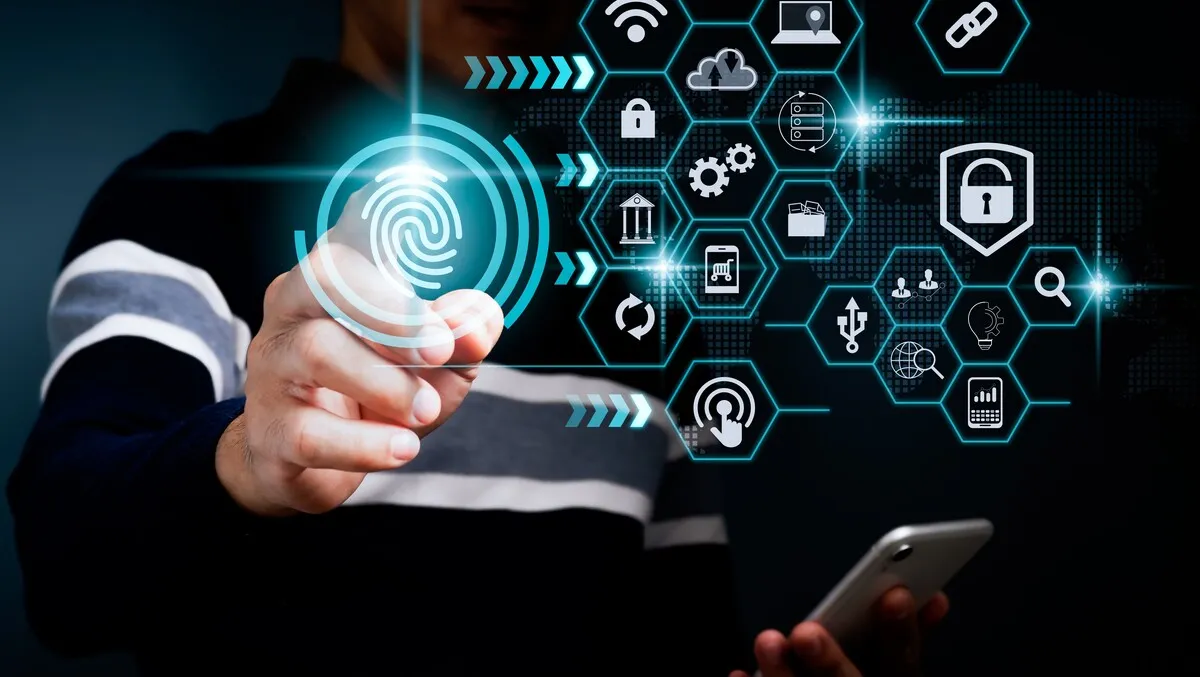
Technology, processes and people: The triad of cybersecurity to empowering the modern business
In this modern era of unprecedented connectivity and technological innovation, much of which has skyrocketed within the past decade, businesses of all sizes and industries have been confronted by one common enemy: the relentless onslaught of cyberattacks. These threats have continued to grow and have largely coincided with the widespread adoption of digital transformation, which is utilised for its well-documented efficiency, productivity, and growth. However, the need to urgently protect critical assets from cyber intrusions is now a priority, largely because many of these assets are available and accessed online.
With that said, as an industry, cybersecurity is certainly doing its best to assist businesses. For instance, a recent M-Trends study revealed an interesting finding regarding the global median dwell time, which denotes the time taken to detect an intrusion. The research showed that the detection time has dramatically dropped from 21 days in 2021 to a faster 16 days in 2022. Certainly, this is evidence of the positive progress being made, but we need to continue along this path. However, cybercriminals are not being deterred by the latest defences, and this is leading to a much more volatile landscape, with there being a 38% surge in cyberattacks in 2022.
The rising numbers must serve as a resounding call to arms for cybersecurity professionals and businesses. Ensure the prevention and mitigation of cyber intrusions are taken seriously and made a priority within the cybersecurity strategies of every organisation. You may wonder what that may involve. Well, the answer is a triad of factors: a blend of technology, processes, and people.
To defend against threats, such as cyber intrusions, a holistic approach that combines cutting-edge technology, streamlined processes, and a workforce empowered with cybersecurity acumen is required. Moreover, these elements play an integral role in making any business a cybersecurity fortress.
Harness the power of technology.
Without technology, cybersecurity is non-existent, useless, and weak. It is the cornerstone on which cybersecurity is built and provides the tools, systems, and mechanisms required to effectively protect digital assets from the waves of cyber threats. For instance, to prevent intrusion detection, businesses will need an Intrusion Detection System (IDS), a sophisticated software application or hardware device that routinely monitors networks and systems for suspicious activity. Its capabilities act as an early warning system, detecting and reporting potential threats, which can alert the security team or the Security Information and Event Management (SIEM) system to take swift action.
As with all security defences, a layered approach is strongly advised, so additional access control measures that enable only authorised personnel to access sensitive data and systems should be initiated. This helps bolster the external defences as well as reduces the likelihood of internal threats.
Creating effective processes
Having effective processes should not be overlooked. Even if your organisation has the latest and greatest technology, it is useless without well-orchestrated processes in place. Therefore, risk-based vulnerability management - that harnesses threat intelligence - can play an important role in taking a proactive approach to manage security vulnerabilities and identify weaknesses that may lead to cyber intrusions.
You will regularly hear the recommended industry advice for the need for continuous security testing because its effectiveness cannot be ignored; it is an indispensable ally in the fight against cyber threats. Given how fluid the threat landscape is, risks and vulnerabilities within technology can appear in a variety of ways, mainly from software updates or configuration changes.
By adopting the right processes and routinely examining the efficacy of security controls, businesses can take the necessary steps to strengthen their overall security posture and mitigate any potential weaknesses using actionable threat intelligence to deescalate risks and quickly respond to threats.
How people can shape the security posture
Having addressed the technology and processes elements, the last essential cog within an organisation's security posture is the human element. Arming employees with the necessary knowledge and training can prove pivotal in the battle against cyber intrusions and ultimately mean they can be the first line of defence.
It has been widely reported the human element is often the Achilles' heel of cybersecurity, with data from Verizon's 2023 Data Breach Investigations Report showing that 74% of breaches involved the human element. Organisations should take the time to nurture a cybersecurity-conscious culture that instils and demands the right knowledge, skills and behaviour from the entire workforce. In doing so, businesses will see a dramatic reduction in risk from their employees, who, in turn, will become a barrier to these threats.
Having a unified approach
As previously mentioned, the digital ecosystem is fraught with cyber threats, so businesses must embrace a unified, proactive stance towards cybersecurity. To do this successfully, investments in threat intelligence, risk-based vulnerability management, cybersecurity awareness training and regular security testing will need to be incorporated.
The convergence of these components will help to expedite the detection, response, and recovery from cyber intrusions, thus mitigating potential risk and maintaining regulatory compliance with industry standards while averting extensive damage, both financially and reputationally.
The saying "failure to prepare is preparing to fail" is true, especially in the realm of cybersecurity. Due to the fact there is no silver bullet in cybersecurity, building resilience is key to reducing the likelihood of there being a successful attack. Having an amalgamation of technology that is fortified by the right processes, which are operated by a cyber-aware workforce, will set any business along the right path to diminish the menace posed by cyber intrusions and other cyberattacks.

